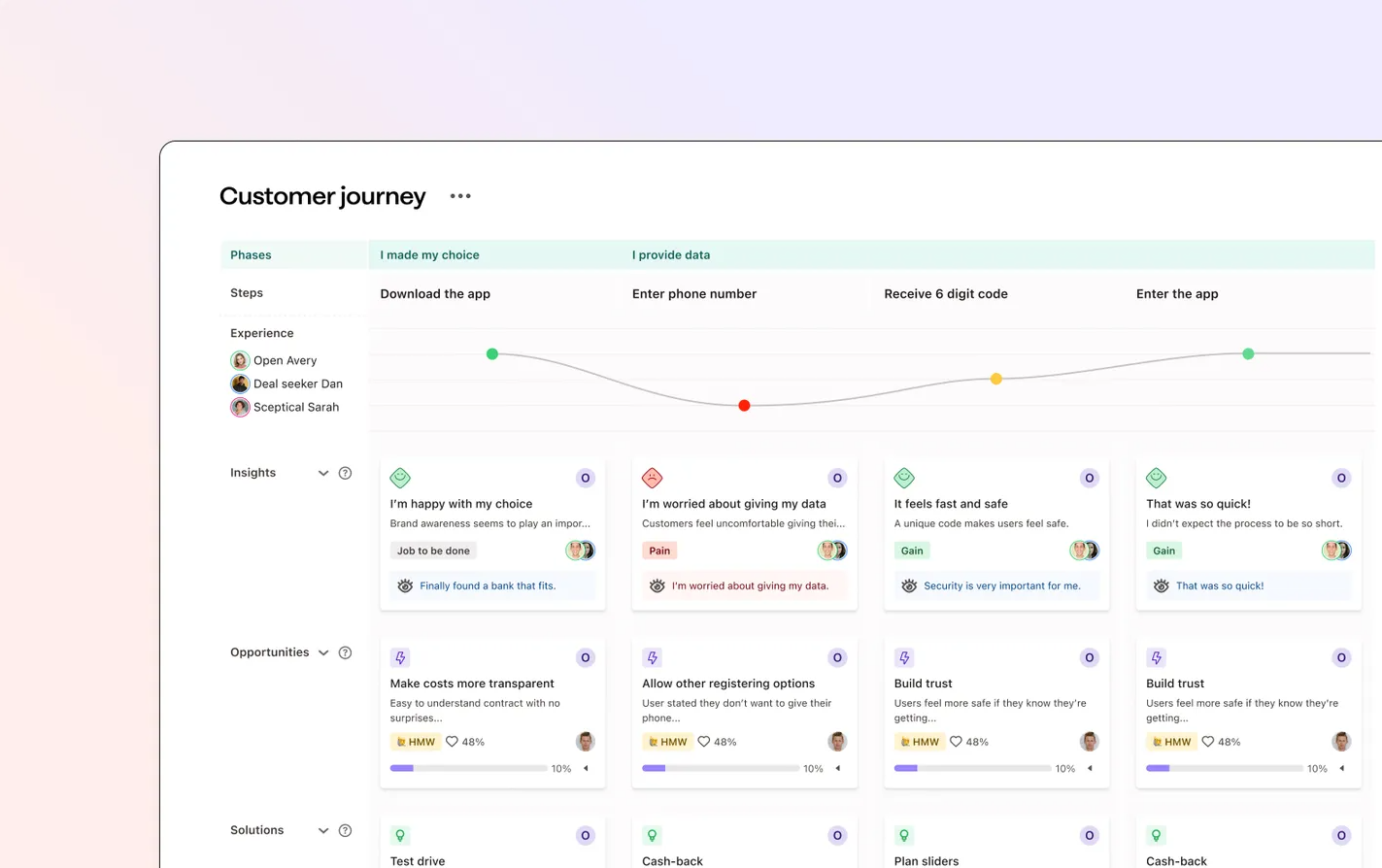Prioritising Customer-Centricity in the Age of AI
As industries like tourism, healthcare, and retail face an explosion of new technologies—from AI-driven personalisation to spatial computing—the potential for innovation feels limitless. Whether it’s creating hyper-personalised travel itineraries, delivering virtual health consultations, or enabling immersive retail experiences, the challenge isn’t a lack of ideas—it’s deciding which ones to prioritise and how you balance these innovations with BAU.
McKinsey’s recent article on shaping the future of tourism highlights the abundance of innovations on the horizon. The possibilities are immense, from AI-driven personalisation engines that predict traveller preferences in real-time to data-driven insights enabling more sustainable, flexible itineraries. Even more intriguing are the advancements explored in McKinsey’s piece on tourism in the metaverse, which points to immersive virtual environments that could let travellers “try before they fly” or layer augmented reality onto their physical trips, blending the digital and real worlds in new ways.
With these transformative opportunities at our doorstep, the challenge lies in prioritisation. How do you choose where to invest your limited resources? Should you develop AI-based concierge apps that suggest unique local experiences on the fly? Build out spatial computing capabilities so travellers can navigate foreign destinations with seamless AR overlays? Or explore metaverse-enabled previews that let customers enter a 3D simulation of their hotel suite or city tour before booking?
This is where journey mapping and a “jobs to be done” (JTBD) framework can make all the difference. By examining each stage of the traveller’s journey—dreaming, planning, booking, experiencing, and sharing—you can identify the moments that truly matter. JTBD thinking goes one step further, asking what travellers are trying to achieve, not just what they say they want. For instance, if travellers are overwhelmed by planning a complex trip, they may need an AI-driven tool that learns from their preferences and curates a bespoke itinerary—whether a physical escape, a metaverse preview, or a blend of both.
By mapping out traveller needs and pairing them with the right technologies, you can systematically assess each innovation’s potential impact versus the effort required to implement it. The most promising ideas—immersive VR previews or AI-driven recommendation engines—naturally rise to the top. This approach ensures you’re not just innovating for innovation’s sake, but genuinely improving the travel experience to build trust, excitement, and long-term value.
To dive deeper, consider exploring the Nielsen Norman Group’s customer journey mapping fundamentals and the Harvard Business Review’s classic piece, “Know Your Customers’ ‘Jobs to Be Done’”. By combining these frameworks with forward-looking insights on AI, data, and the metaverse, tourism operators can confidently navigate complexity—ultimately delivering more meaningful, immersive, and memorable travel experiences.
What’s your view on using JTBD and journey mapping to cut through the noise and focus innovation efforts on tech-enabled, potentially virtual future?

